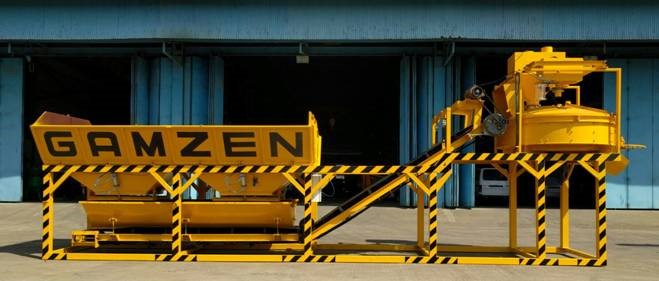Concrete batching plants play a pivotal role in the construction industry, facilitating the production of concrete in large quantities. Understanding the intricate workings of these plants is fundamental for engineers, builders, and anyone involved in construction. So, let’s delve into the inner mechanisms of a concrete batching plant.
Understanding the Basics
What is a Concrete Batching Plant?
A concrete batching plant, also known as a concrete mixing plant, is a facility that combines various ingredients to form concrete. These ingredients typically include water, aggregates like sand and gravel, cement, and sometimes additives or admixtures.
Key Components of a Concrete Batching Plant
- Aggregate Bins: These hold the different types of aggregates used in the concrete mix.
- Conveyor Belts: Transport the aggregates to the mixing unit.
- Mixing Unit: Where the actual mixing of ingredients takes place.
- Cement Silos: Store the cement until needed in the mixing process.
- Control Panel: Regulates and monitors the entire batching process.
The Working Process
Step 1: Aggregate Batching
The process begins with the precise measurement and batching of aggregates. Various bins store different types and sizes of aggregates. These aggregates are then released in the right proportions onto conveyor belts that transport them to the mixing unit.
Step 2: Mixing
At the mixing unit, the aggregates, along with cement and water, are combined. The mixing can occur in different ways, such as in a drum mixer or a twin-shaft mixer, ensuring thorough blending of the ingredients.
Step 3: Conveying and Discharging
Once the concrete is mixed, conveyor belts transport it to waiting trucks or directly to construction sites. The discharge process ensures that the mixed concrete reaches its intended destination efficiently.
Optimizing Efficiency
Automation and Control
Modern batching plants employ sophisticated control systems that automate the batching process. These systems ensure accuracy in measurements and streamline operations, enhancing efficiency and quality.
Batching Plant Variations
There are various types of concrete batching plants, including stationary plants used for high-volume production and mobile plants that offer flexibility for projects requiring on-site mixing.
Conclusion
Understanding how concrete batching plants work is crucial in ensuring the smooth execution of construction projects. From precise batching to efficient mixing and conveying, these plants form the backbone of concrete production in the industry.

